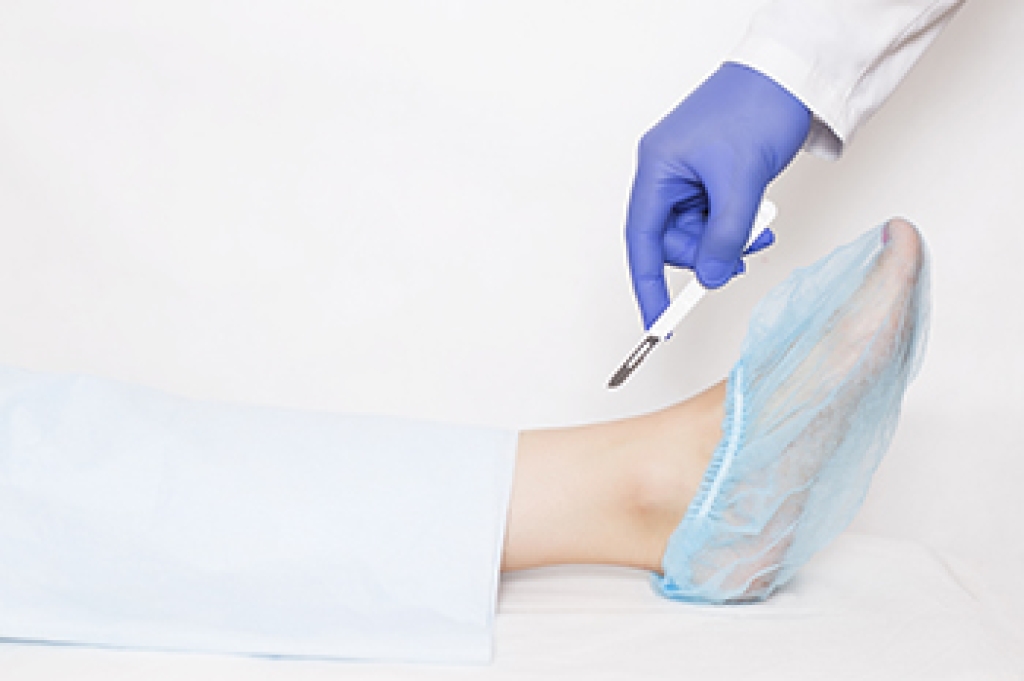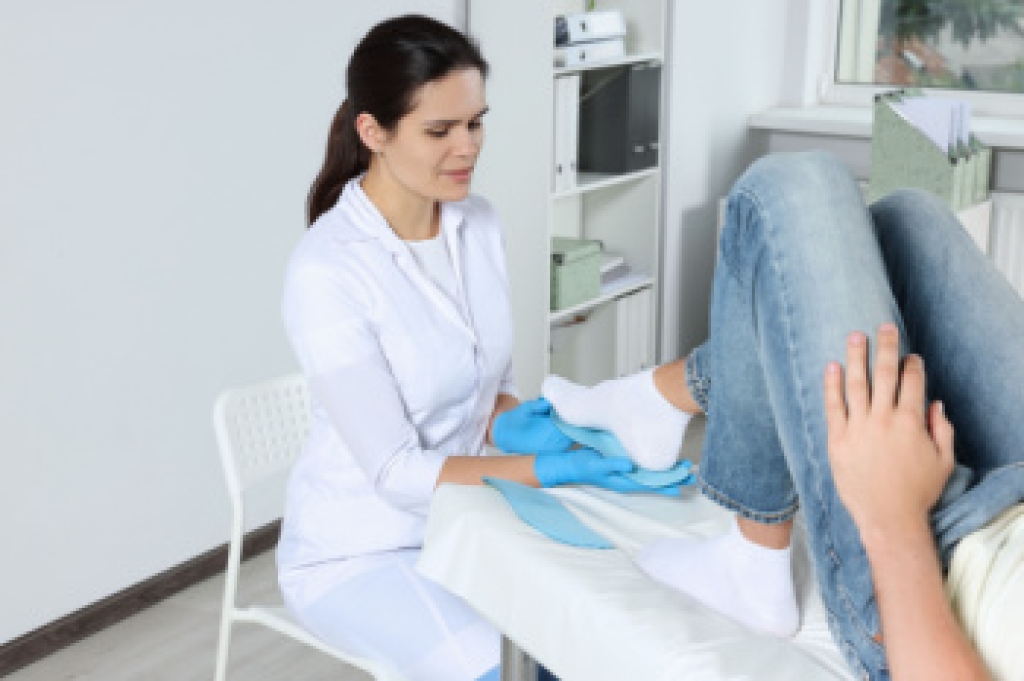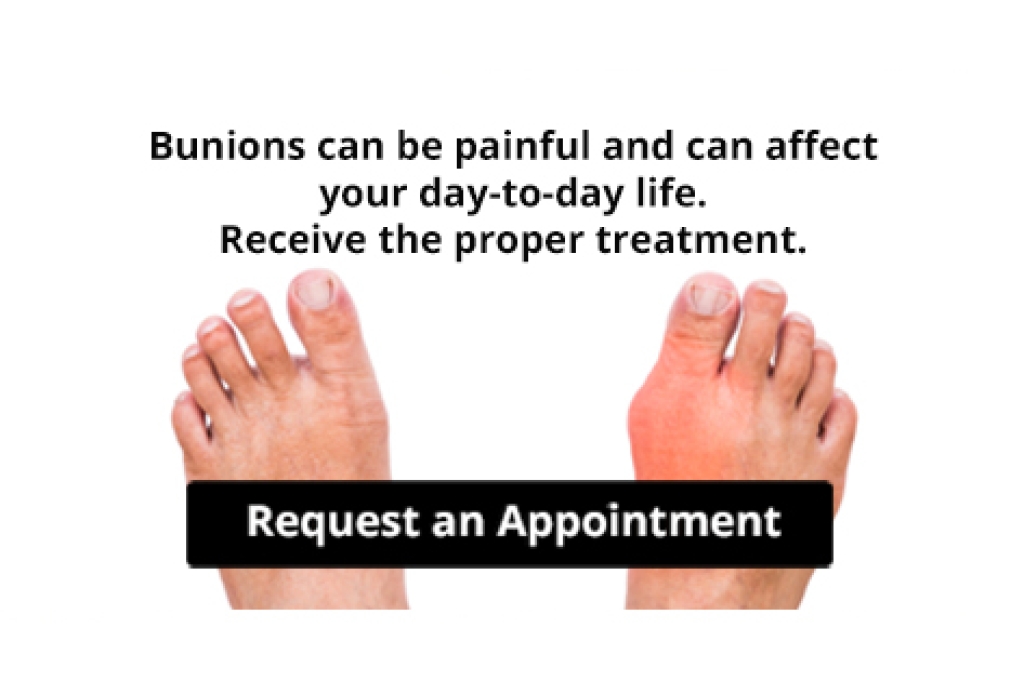
Running is a popular form of exercise that can lead to various foot and ankle injuries. Ankle sprains are common and occur when ligaments are stretched or torn due to sudden twists or turns. Achilles tendinopathy, characterized by pain and stiffness in the Achilles tendon, often results from overuse or improper training techniques. Additionally, plantar fasciitis causes pain in the heel and underside of the foot, typically due to inflammation of the plantar fascia from repetitive strain. These injuries can sideline runners, affect their performance, and require proper management for recovery. Prevention strategies include adequate warm-ups, gradual increases in training intensity, and wearing supportive footwear. If you have encountered a foot or ankle injury while running it is suggested that you contact a podiatrist who can diagnose and treat your condition.
Ankle and foot injuries are common among athletes and in many sports. They can be caused by several problems and may be potentially serious. If you are feeling pain or think you were injured in a sporting event or when exercising, consult with one of our podiatrists from Associates in Podiatry, PC. Our doctors will assess your condition and provide you with quality foot and ankle treatment.
Common Injuries
The most common injuries that occur in sporting activities include:
- Achilles Tendonitis
- Achilles Tendon Rupture
- Ankle Sprains
- Broken Foot
- Plantar Fasciitis
- Stress Fractures
- Turf Toe
Symptoms
Symptoms vary depending upon the injury and in some cases, there may be no symptoms at all. However, in most cases, some form of symptom is experienced. Pain, aching, burning, bruising, tenderness, tightness or stiffness, sensation loss, difficulty moving, and swelling are the most common symptoms.
Treatment
Just as symptoms vary depending upon the injury, so do treatment options. A common treatment method is known as the RICE method. This method involves rest, applying ice, compression and elevating the afflicted foot or ankle. If the injury appears to be more serious, surgery might be required, such as arthroscopic or reconstructive surgery. Lastly, rehabilitation or therapy might be needed to gain full functionality in the afflicted area. Any discomfort experienced by an athlete must be evaluated by a licensed, reputable medical professional.
If you have any questions please contact our offices located in Pittsburgh-South Hills, and Pittsburgh-Bellevue, PA . We offer the newest diagnostic and treatment technologies for all your foot and ankle needs.




